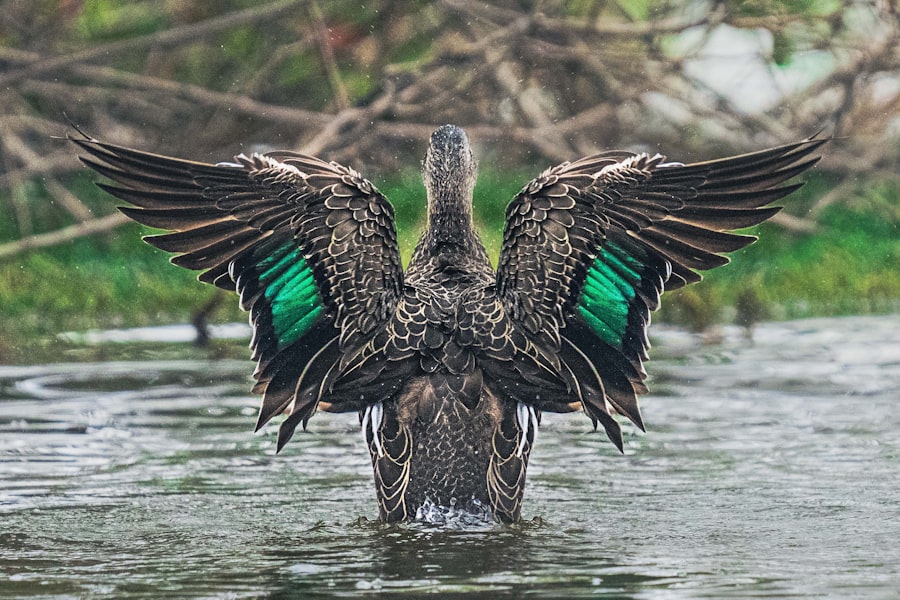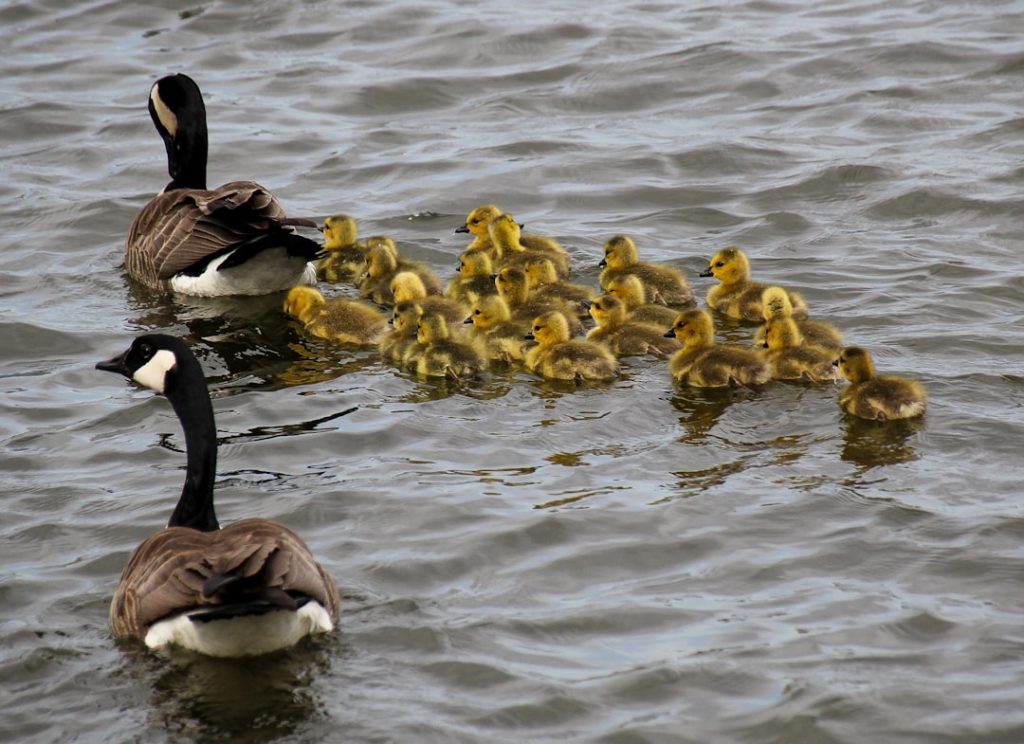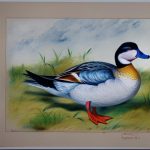Duck chicks, also known as ducklings, are adorable and charming creatures that have been domesticated for centuries. They come in a variety of breeds, each with its own unique characteristics and traits. Duck chicks are popular for their cute appearance, friendly nature, and their ability to lay eggs and provide meat. Whether you are looking to raise ducks for eggs, meat, or simply as pets, there is a breed of duck chick that will suit your needs. In this article, we will explore the popular breeds of duck chicks, their characteristics and traits, how to choose the right breed for your needs, caring for duck chicks of different breeds, and breeding and raising duck chicks. By the end of this article, you will have a better understanding of the different duck chick breeds and be well-equipped to start your own duck chick adventure.
Table of Contents
- 1 Popular Breeds of Duck Chicks
- 2 Characteristics and Traits of Different Duck Chick Breeds
- 3 Choosing the Right Breed for Your Needs
- 4 Caring for Duck Chicks of Different Breeds
- 5 Breeding and Raising Duck Chicks
- 6 Conclusion and Further Resources
- 7 FAQs
- 7.1 What are the different breeds of duck chicks?
- 7.2 What are the characteristics of Pekin duck chicks?
- 7.3 What are the characteristics of Mallard duck chicks?
- 7.4 What are the characteristics of Rouen duck chicks?
- 7.5 What are the characteristics of Khaki Campbell duck chicks?
- 7.6 What are the characteristics of Muscovy duck chicks?
Key Takeaways
- Duck chicks come in a variety of breeds, each with its own unique characteristics and traits.
- Popular breeds of duck chicks include Pekin, Khaki Campbell, Indian Runner, and Muscovy.
- Different duck chick breeds have varying traits such as egg production, foraging ability, and temperament.
- When choosing the right breed for your needs, consider factors such as space, climate, and intended purpose (egg production, meat, or pets).
- Caring for duck chicks of different breeds involves providing appropriate housing, nutrition, and healthcare tailored to their specific needs.
Popular Breeds of Duck Chicks
There are numerous breeds of duck chicks, each with its own unique qualities and characteristics. Some of the most popular breeds include the Pekin, Khaki Campbell, Indian Runner, and Muscovy. The Pekin duck is one of the most popular breeds for meat production due to its fast growth rate and large size. They have white feathers and orange bills, and are known for their friendly and calm demeanor. The Khaki Campbell is a popular breed for egg production, as they are prolific layers and can produce up to 300 eggs per year. They have a khaki-colored plumage and are known for their active and energetic nature. The Indian Runner is a unique breed known for its upright stance and distinctive way of walking. They are excellent layers and come in a variety of colors including white, fawn, and black. The Muscovy duck is a popular breed for both meat and egg production. They have a distinct appearance with red wattles around their bills and are known for their quiet and docile nature.
Characteristics and Traits of Different Duck Chick Breeds
Each breed of duck chick has its own set of characteristics and traits that make them unique. The Pekin duck is known for its large size, fast growth rate, and calm temperament. They are excellent foragers and do well in both free-range and confined environments. The Khaki Campbell is prized for its prolific egg-laying abilities, with some hens laying up to 300 eggs per year. They are active and energetic birds that enjoy foraging and exploring their surroundings. The Indian Runner is known for its upright stance and distinctive way of walking, which sets them apart from other duck breeds. They are excellent layers and have a friendly and curious nature. The Muscovy duck is distinct in appearance with its red wattles around the bill and is known for its quiet and docile temperament. They are excellent foragers and can be raised for both meat and egg production.
Choosing the Right Breed for Your Needs
When choosing a breed of duck chick, it’s important to consider your specific needs and goals. If you are looking to raise ducks for meat production, the Pekin or Muscovy breeds may be the best choice due to their large size and fast growth rate. If you are interested in egg production, the Khaki Campbell or Indian Runner breeds may be more suitable due to their prolific laying abilities. It’s also important to consider the climate and environment in which you will be raising your ducks, as some breeds may be better suited to certain conditions than others. Additionally, consider the temperament and behavior of each breed, as some may be more suitable for families with children or small backyard setups.
Caring for Duck Chicks of Different Breeds
Caring for duck chicks of different breeds requires attention to their specific needs and requirements. Providing a suitable living environment with access to water for swimming and foraging is essential for all duck breeds. Additionally, providing a balanced diet that meets the nutritional needs of each breed is important for their health and well-being. It’s also important to consider predator protection, as ducks are vulnerable to predators such as foxes, raccoons, and birds of prey. Regular health checks and access to veterinary care is also important to ensure the overall health of your duck chicks.
Breeding and Raising Duck Chicks

Breeding and raising duck chicks can be a rewarding experience, but it requires careful planning and attention to detail. If you are interested in breeding ducks, it’s important to understand the breeding behavior of your chosen breed and provide suitable nesting areas for your ducks. Incubating duck eggs requires specific temperature and humidity levels, so investing in a quality egg incubator is essential for successful hatching. Raising duck chicks requires providing a warm and safe environment with access to water for swimming and foraging. It’s important to monitor their growth and development closely and provide a balanced diet that meets their nutritional needs.
Conclusion and Further Resources
In conclusion, duck chicks come in a variety of breeds, each with its own unique characteristics and traits. Whether you are interested in raising ducks for meat production, egg production, or simply as pets, there is a breed of duck chick that will suit your needs. By understanding the specific needs and requirements of each breed, you can provide the best care for your duck chicks and ensure their health and well-being. If you are interested in learning more about raising duck chicks, there are numerous resources available including books, online forums, and local agricultural extension offices that can provide valuable information and support for your duck chick adventure. With the right knowledge and preparation, raising duck chicks can be a fulfilling and enjoyable experience for both beginners and experienced poultry enthusiasts alike.
If you’re interested in learning more about duck chick breeds, you might also want to check out this informative article on the importance of the floor of a chicken coop at Poultry Wizard. Understanding the best flooring options for your coop can contribute to the health and well-being of your ducklings and other poultry.
FAQs
What are the different breeds of duck chicks?
There are several different breeds of duck chicks, including Pekin, Mallard, Rouen, Khaki Campbell, and Muscovy. Each breed has its own unique characteristics and traits.
What are the characteristics of Pekin duck chicks?
Pekin duck chicks are known for their white feathers, orange bills, and friendly disposition. They are a popular choice for meat production and are also commonly kept as pets.
What are the characteristics of Mallard duck chicks?
Mallard duck chicks have a mottled brown and yellow appearance, with distinctive dark stripes on their heads. They are the wild ancestors of domestic ducks and are known for their strong flying abilities.
What are the characteristics of Rouen duck chicks?
Rouen duck chicks have a similar appearance to Mallard duck chicks, with mottled brown and yellow feathers. They are a larger and heavier breed, often raised for meat production.
What are the characteristics of Khaki Campbell duck chicks?
Khaki Campbell duck chicks are known for their khaki-colored feathers and excellent egg-laying abilities. They are a popular choice for backyard egg production.
What are the characteristics of Muscovy duck chicks?
Muscovy duck chicks have a unique appearance, with dark feathers and a distinctive red facial patch. They are known for their quiet nature and are often raised for meat production.
Meet Walter, the feathered-friend fanatic of Florida! Nestled in the sunshine state, Walter struts through life with his feathered companions, clucking his way to happiness. With a coop that’s fancier than a five-star hotel, he’s the Don Juan of the chicken world. When he’s not teaching his hens to do the cha-cha, you’ll find him in a heated debate with his prized rooster, Sir Clucks-a-Lot. Walter’s poultry passion is no yolk; he’s the sunny-side-up guy you never knew you needed in your flock of friends!







